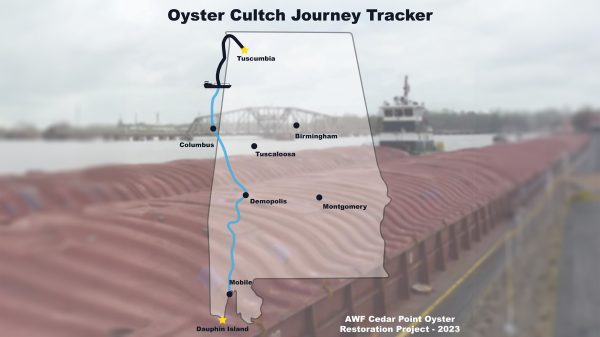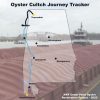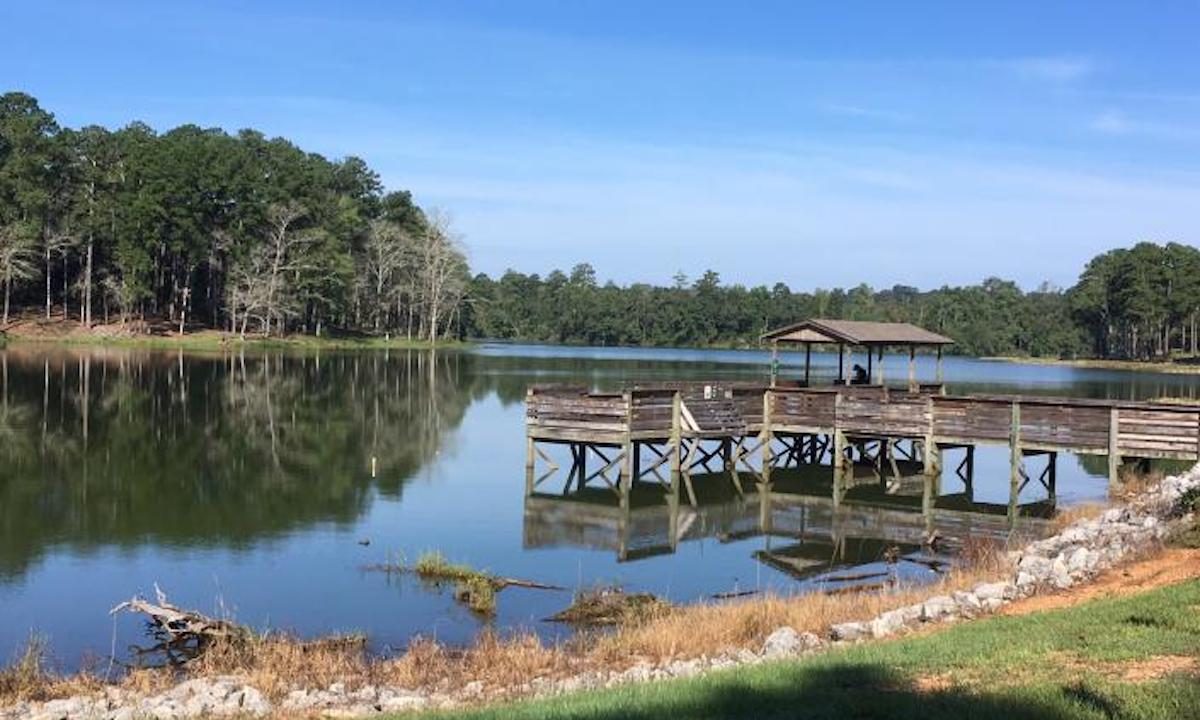By Brandon Moseley
Alabama Political Reporter
The U.S. Fish and Wildlife Service (USFWS) says that the Wood Stork is no longer an endangered species and is proposing to upgrade the status of the wood storks from Endangered to Threatened under the Endangered Species Act (ESA).
The Director of the U.S. Fish and Wildlife Service, Dan Ashe said, “The proposed reclassification of the wood stork demonstrates that the Endangered Species Act works. This is a good day for the wood stork, and a good day for conservation. Thanks to great efforts from our conservation partners, the species is making real progress toward recovery.”
The USFWS Southeast Regional Director Cindy Dohner said, “Although some habitat loss continues, current population data clearly indicate that the wood stork is benefiting from the work of private landowners and several strong partnership efforts. The wood stork is expanding its breeding range using a wide variety of wetlands to forage, roost, and breed, including man-made and restored wetlands.”
The wood stork is the only true species of stork that nests in the United States. The USFWS listed the wood stork as endangered in 1984. Since then the U.S. breeding population of the large birds have shown substantial improvement in the numbers of nesting pairs as a whole and the expansion of its breeding range.
The Field Supervisor for the NFW&S’s North Florida Ecological Services Office in Jacksonville, David Hankla said, “The wood stork has shown a fascinating ability to respond to changes in hydrology by broadening its breeding range beyond central Florida, the Everglades, and Big Cypress ecosystems. However, this does not reduce the importance restoration of the stork’s historical breeding area has for recovery. Nor does it diminish the significant role South Florida’s ecosystems play for wood storks and other wildlife.”
Between 2001 and 2010 the three-year averages ranged from 7,086 to 8,996 nesting pairs. 6,000 nesting pairs was the benchmark average set for reclassifying the species as Threatened. A five-year average of 10,000 nesting pairs is needed for delisting the species completely.
Reclassification would not change any conservation or protection measures for the wood stork under the ESA. With a continuing trend, the species could become suitable for de-listing from the ESA.
When the Service originally listed the Southeastern U.S. portion of the population, the wood stork’s range included Florida, Georgia, South Carolina, and Alabama and breeding was primarily in central and south Florida. Since then its range has expanded to include portions of North Carolina and Mississippi with significant nesting in Florida, Georgia, and South Carolina.
The Natural Resources Conservation Service (NRCS) Wetlands Reserve Program has restored over 200,000 acres of wetlands in Florida and more than 115,000 acres in Alabama, Georgia, and South Carolina during the past 18 years.
The USFW&S’s statement said that ongoing wetlands restoration projects in U.S. Fish and Wildlife Service National Wildlife Refuges at Eufaula and Choctaw NWRs and in the State of Alabama’s Wildlife Management Areas at Demopolis and the Upper Delta WMA are providing excellent foraging habitat for post-breeding wood storks dispersing after the annual nesting season.
Thousands of acres of wetlands are also being protected on private lands to assist in habitat and wildlife protection through restoration in conjunction with establishing conservation easements. Wetland losses are being avoided, minimized, and mitigated through project consultations and the regulatory process.



















































